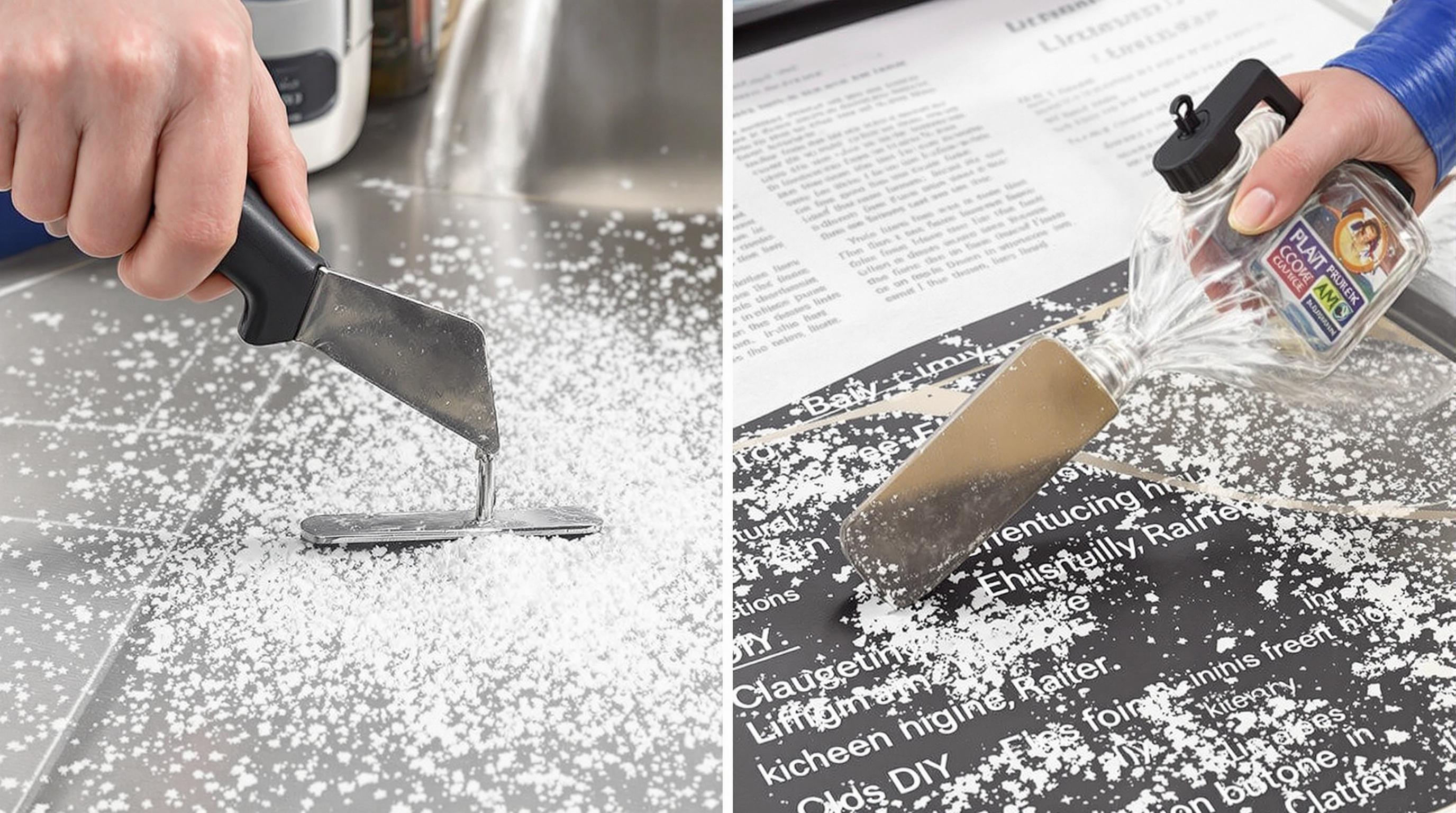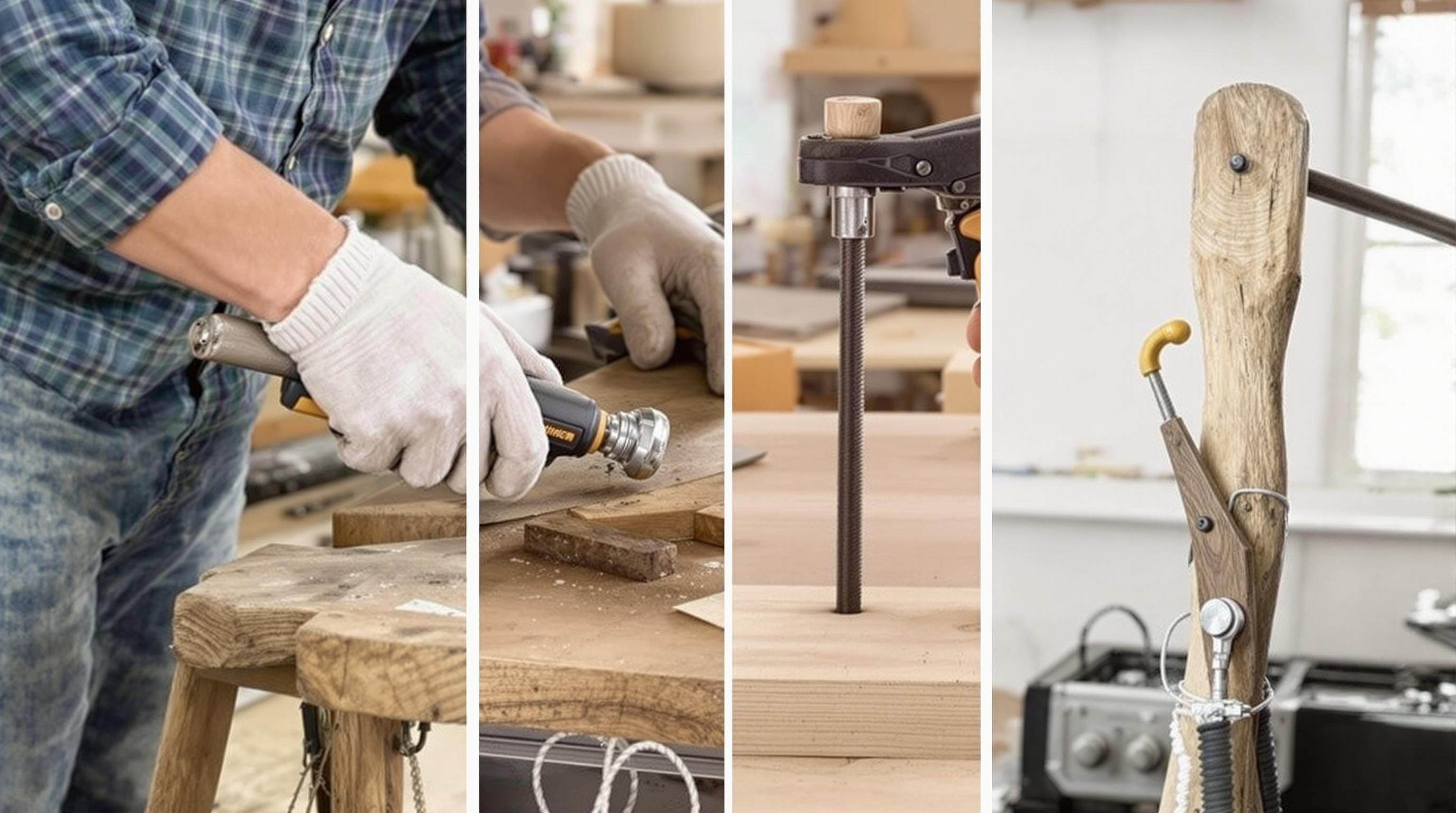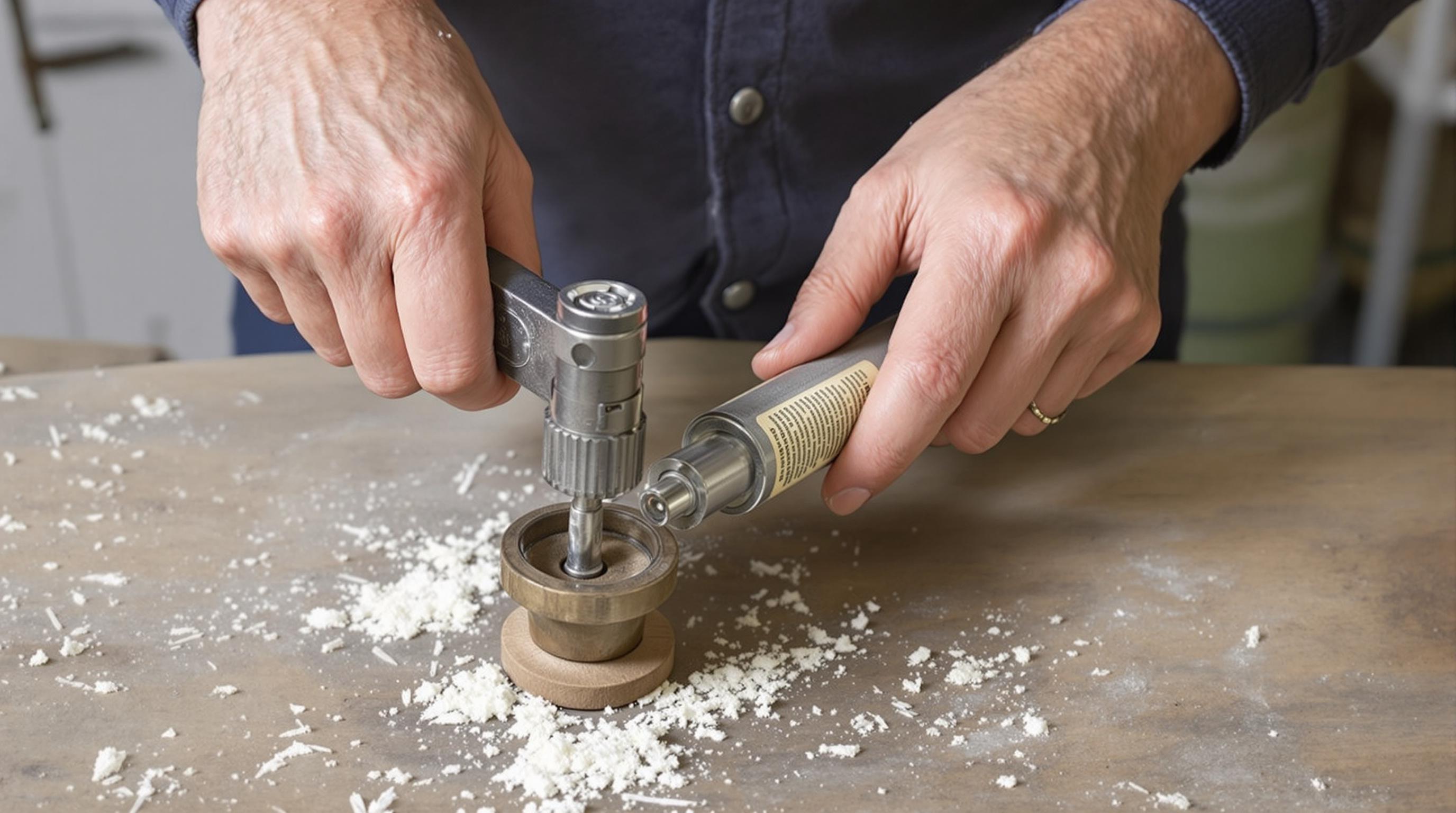Related Articles
- The Hidden Influence of Ergonomics: How Tool Design Shapes Our Physical Spaces and Daily Lives
- The Silent Influence: How Hidden Home Implements Shape Our Daily Routines and Spaces
- The Counterintuitive Role of Chaos: How Messy Tool Storage Can Lead to Unexpected Home Innovations
- Exploring the Unseen: How Audio Experiences Shape the Art of Domestic Spaces and Color Perception
- Rethinking the Mundane: How Everyday Objects are Becoming the Canvas for Modern Artistic Expression in Home Spaces
- Cultivating Chaos: The Surprising Benefits of Embracing Weeds in Your Garden Ecosystem
9 Ingenious Home Repair Techniques Using Everyday Kitchen Items: Turn Your Cooking Supplies into DIY Solutions!
9 Ingenious Home Repair Techniques Using Everyday Kitchen Items: Turn Your Cooking Supplies into DIY Solutions!
9 Ingenious Home Repair Techniques Using Everyday Kitchen Items
In every household, the kitchen is a central hub not only for cooking but also for finding everyday items that can double as solutions for various home repair issues. Whether it’s fixing a leaky faucet or improving the look of worn-out furniture, unexpected items found in your kitchen can provide practical DIY solutions. This article will guide you through nine ingenious techniques that transform everyday cooking supplies into effective home repair tools.
By using commonly available ingredients and products, you can save both time and money while also engaging in creative problem-solving. The following sections will cover unique ways to utilize kitchen items effectively in your repair projects. Let’s dive in and explore these simple yet clever techniques.
Remember, while these methods are practical and effective, it is always wise to assess the root cause of a repair issue before proceeding. Some repairs may require professional assistance, particularly if they involve plumbing or electrical concerns. With that said, let’s embark on this DIY adventure!
1. Baking Soda and Vinegar for Clogged Drains
A common household issue, clogged drains can often be cleared using a mixture of baking soda and vinegar. Start by pouring half a cup of baking soda down the affected drain, followed by half a cup of vinegar. The mixture will fizz and bubble, breaking down organic material that clogs pipes. After about 30 minutes, flush the drain with hot water for optimal results.
This natural remedy is not only effective but also environmentally friendly, providing an alternative to harsh chemical drain cleaners. Baking soda acts as a mild abrasive while vinegar serves to dissolve grease and grime. Together, they make a potent duo that is easily found in most kitchens.
For tougher clogs, this method can be repeated or complemented with a plunger. However, avoid using this technique if you have recently used commercial drain cleaners, as the reaction can create hazardous fumes.
2. Olive Oil for Stuck Hinges
Sticking door hinges can be a nuisance, but a quick application of olive oil can provide an effective fix. Simply pour a small amount of olive oil onto the hinge and work it in by moving the door back and forth. This natural lubricant reduces friction, allowing the hinge to move smoothly again.
Beyond just fixing squeaky hinges, olive oil also helps to prevent rust formation, ensuring your hinges remain in good condition over time. While there are commercial products designed for lubrication, using olive oil is a convenient and eco-friendly approach!
If you don’t have olive oil on hand, other cooking oils, like vegetable oil, will work equally well. Just be cautious, as excessive oil can attract dirt over time, so a little goes a long way.
3. Sugar to Repair Scratched Furniture
Wooden furniture often gets scratched, but sugar can be a surprisingly effective remedy. To fix light scratches, create a paste using sugar and a few drops of water. Apply the paste to the scratch, allowing it to set for about 30 minutes, then buff it gently with a soft cloth.
The sugar helps to fill in the imperfections, and with a little gentle polishing, the scratch can become significantly less noticeable. This method works best on darker woods, as the sugar paste blends well with the wood grain.
For best results, always test the mixture on an inconspicuous area first to ensure compatibility with your furniture’s finish. If the scratch is deep, a commercial wood filler may be necessary.
4. Tea Bags for Odor Removal
Tea bags, especially black tea, can be utilized effectively to eliminate unpleasant odors from various spaces around the home. Simply place a few damp tea bags in the fridge, kitchen, or any other area with persistent odors. The tannins in the tea effectively absorb and neutralize smells.
Like baking soda, using tea bags is an inexpensive and eco-friendly way to keep your home smelling fresh. Once the bags have absorbed odors, they can be discarded or even composted.
For added fragrance, consider using herbal tea bags or infusing them with essential oils, creating a pleasant aroma as they work to neutralize undesirable scents.
5. Salt for Stain Removal
Salt is a versatile kitchen staple that serves many purposes beyond seasoning food. It can be particularly useful for stain removal. If you have a fresh stain on fabric, like red wine, apply salt immediately to absorb the liquid. The salt will soak up the moisture and prevent the stain from setting.
For tougher or older stains, mix salt with other ingredients such as lemon juice or vinegar to create a powerful paste. Use it to scrub the stained area and rinse thoroughly afterward. The natural abrasives in salt help break down the stain’s molecules, making removal easier.
Always remember to test on a small, hidden area of the fabric first to avoid any potential discoloration. Salt works well on a variety of materials, including carpets, upholstery, and even clothes!
6. Mustard for Rust Removal
Mustard contains both vinegar and salt, which makes it effective for removing rust. To treat rusted tools or furniture, apply a generous amount of mustard to the affected area and let it sit for a few hours. Afterward, scrub away the rust with a brush or cloth.
This method is particularly useful for small items such as garden tools or metal fixtures. Once the rust is removed, rinse the item thoroughly and dry it to prevent further corrosion. The acetic acid in mustard acts as a rust dissolver, while the salt enhances its abrasive qualities.
For best results, avoid using mustard with added ingredients or preservatives, as pure mustard is more effective. This approach not only repurposes an everyday kitchen item but also helps maintain your metal tools and equipment.
7. Rice for Smartphone Cleaning
If you accidentally drop your smartphone in water, rice can come to the rescue as an effective drying agent. Place the device in a bowl of dry rice and let it sit for at least 24 hours. The rice will absorb moisture, helping to revive your phone.
This method works because rice is a desiccant, essentially drawing moisture away from its surroundings. It’s crucial to turn off your device before this process and ensure the SIM card and battery are removed if possible.
While some may use other absorbents like silica gel packets, rice is a more accessible option that you likely already have in your kitchen. Restoring a wet phone using rice is a popular remedy often shared in DIY communities.
8. Mayonnaise for Squeaky Clean Mirrored Surfaces
Mayonnaise can also be surprisingly effective in cleaning mirrored surfaces and chrome fixtures, thanks to its oily composition. By applying a small amount of mayonnaise to a clean cloth and wiping down the surface, you can effectively remove smudges and streaks.
The oils in mayonnaise help buff away grime, while the vinegar present in many mayonnaise products aids in cutting through tough stains. This dual-action cleaning approach leaves mirrors and chrome looking polished and sparkling.
After cleaning, simply rinse with water to remove any residual mayo, ensuring your surfaces are clean and shine without a lingering grease effect. It’s that simple!
9. Cornstarch for Window Cleaning
Last but not least, cornstarch can serve as an excellent natural cleaner for windows. Combine two tablespoons of cornstarch with a quart of water to create a cleaning solution. Apply with a cloth and wipe down to achieve crystal clear windows.
The cornstarch acts as a mild abrasive, helping to break down dirt and grime, while leaving no streaks behind. This technique is not only effective but also helps you avoid harmful chemicals often found in commercial glass cleaners.
This straightforward method can be used not only on glass windows but also on mirrors and other shiny surfaces around your home. Enjoy the clarity that comes with this homemade solution!
By utilizing these kitchen items in unexpected ways, you can address a variety of common household repairs efficiently and cost-effectively. Always exercise caution, particularly with more serious repair issues, and consider consulting a professional when necessary.
With creativity and resourcefulness, you can transform your kitchen supplies into valuable home repair assets, making the most of what you already have on hand.





